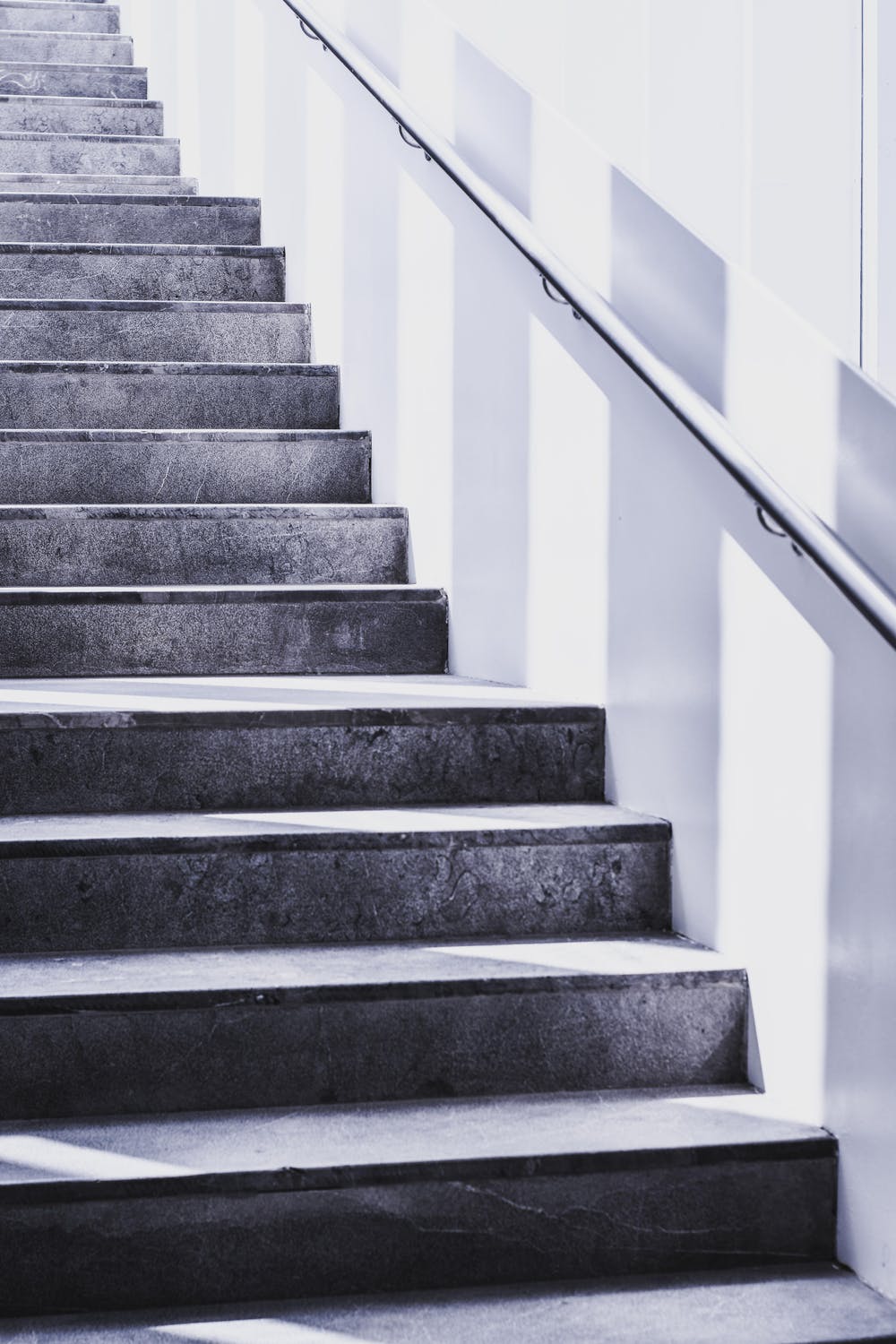When we think of cleanliness and hygiene, perhaps at the bottom of the list of concerns is the stairs. However, now more than ever, we’re focusing on reducing the risk of dirt and bacteria build-up in and around the home and – as a result – this unassuming area has come under careful scrutiny.
But, don’t whip yourself up into a state of panic just yet! Whilst the staircase can harbour surprising amounts of dirt and germs, it is also one of the easiest places to maintain, once you know what to do!
So – today, we’re shedding some light on the truth about your staircase, and what you can do to keep on top of potential buildup with relative ease.
First things first – why are stairs so prone to dirt and grime?
Take a quick look at your staircase. Not only is this a part of your home that you will use every single day, but it’s also a part of the home that anyone else who visits is very likely to use. Now think again about the likelihood of a buildup of dirt and bacteria. . .
The truth is, any area where high footfall takes place is likely to be more prone to dirt, especially if you’re not keeping on top of cleaning it. Not only that, but with most stairs being covered in carpet, the likelihood of dirt harbouring is at an all-time high.
Don’t believe us? Take your average wet vacuum to just one of those steps to be shocked to your core!
The truth is, carpeted stairs are the main culprit when it comes to this area of the home becoming unhygienic, so let’s look at that a bit more, shall we?
Should you be reconsidering your carpeted staircase?
Now we’re not saying that carpet on the stairs is an absolute no-go. For many, this is an important interior aspect and non-negotiable when it comes to coming up with staircase ideas. However, consider some of the following hygiene risks when it comes to carpeted staircases:
- Bugs – It may come as a surprise that the average home was found to have significantly more insects than those without carpet. Bugs are easily walked in unknowingly and whilst most insects will not survive, they can still easily be caught up in the fibres of carpet and left to perish within the material. Once you consider the number of feet coming in and out the house – and up and down the stairs, it starts to make sense that carpeted stairs could pose a risk.
- Mould – Most carpets that are found within the home and on stairs are super absorbent. That means any accidental spillages are likely to be quickly absorbed by the material, out of sight and out of mind. However, over time as these spillages seep deeper into the carpet fibres and underlay, mould begins to breed, leading to stains, unpleasant smells and even the development of allergies.
- Dead skin – It may sound disgusting and unlikely, but the average adult human sheds around 1.5 million skin flakes each and every day. If you’re living with numerous other people, that’s unprecedented amounts of dead skin falling onto your carpet every minute. Unattended, dead skin can serve as a hearty meal for dust mites!
The truth is that carpets on the stairs are no more susceptible to the above issues than any other carpeted part of the home, but the stairs are notoriously awkward to hoover, and so they often go neglected for weeks – or even longer – allowing issues like these to build.
So, what’s the solution then? Unfortunately, there is no eureka moment here, it simply comes down to two options:
- Opt for hardwood stairs instead of carpeted flooring
- Make hoovering and cleaning your staircase carpet (and handrails) a part of your everyday routine
Your lifestyle and staircase ideas will determine which of these two options is most suitable for you, but armed with this information you can do your best to dramatically reduce the amount of bacteria, dirt and grime that grows in your home.

